Nestled between Burton and East Beltline, the Knollcrest campus is isolated from any walkable retail areas or urban neighborhoods. Professor Emeritus of philosophy and urban design enthusiast Lee Hardy describes it as “way out on the edge of civilization,” highlighting its distance from the heart of Grand Rapids. “If you look around, most of the buildings are facing inwards,” said Hardy.
Although it was designed to create a close-knit campus community, the inward-facing architecture can also contribute to insularity. “It’s convenient, but at the same time isolating, and you feel kind of limited because the campus kind of defines your life to a large degree,” said Hardy.
Campus history
Calvin’s design reflects the time period in which the campus was built. In 1917, Calvin moved from its downtown Grand Rapids location to a campus on Franklin Street. Professor of art history Craig Hanson, who has studied the history of Calvin’s design, said that the “Franklin campus was embedded in a neighborhood.” The Franklin campus benefited from easy access to streetcars and sidewalks and was just two blocks away from the retail area of Eastown. Additionally, many students lived in houses within the immediate neighborhood.
However, with the passage of the GI Bill after World War II, the demand for higher education soared, leading to “huge enrollment pressure,” according to Hanson. Calvin College soon realized that the Franklin Street campus could no longer accommodate the growing number of students. In 1973, the university made the decision to move to the Knollcrest campus, located off the East Beltline.
The Knollcrest design reflects what professor of geography Mark Bjelland called a “low-density residential zone,” characteristic of mid-20th century suburban development. These zones are typically dominated by single-family detached houses with large lots and garages, creating an environment that prioritizes car use over pedestrian access and limiting easy access to retail centers.
Current issues
This design has significant drawbacks. “We live in a landscape that was built not for people, but for cars,” said Bjelland. Hardy agreed, describing Calvin’s vicinity as “pedestrian hostile.” Hardy also mentioned that Calvin students were hit and killed by cars while trying to cross the East Beltline before the Calvin’s Crossing bridge was built.
Isolation from the city has led to the build-up of on-campus amenities to meet students’ needs. Hardy refers to the campus as “an all-inclusive resort,” where students can live, eat, and entertain themselves without stepping off-campus. “You could live your whole life here,” Hardy said. This self-sufficiency can also lead to a lack of engagement with the surrounding community. While the campus offers amenities like a coffee shop, movie theaters, and dining facilities, these services do not help students develop a connection with the larger environment of Grand Rapids.
Bjelland told Chimes that the campus layout results in “a real dichotomy within the student body between those who have access to the benefits of the wider metropolitan area and those who don’t.” As Hardy points out, the campus is “self-contained,” and its separation from the urban landscape limits the broader experiences that would traditionally be a part of college life.
Public transportation options
Public transportation is available, but the academic and residential portion of campus’ distance from bus routes makes it less accessible. “We do have public transit, but if you look at where our buildings are, they’re pulled back from Burton,” said Bjelland. “So when I ride the bus … I start out with a pretty long walk just to get to the bus stop.”
Despite this, many students still use the bus as a means to access the rest of Grand Rapids. According to Service-Learning Center student employee Jack Klop, the Rapid (Grand Rapids’ bus system) and the university have a partnership that allows students to access the bus at a reduced rate. Students can get a Wave card (bus pass) to use on the Rapid at a subsidized price. “Instead of paying $1.50 per ride, they only pay $0.50,” said Klop.
For students uncomfortable or unfamiliar with the bus system, the Service Learning Center provides learning opportunities by joining with students to teach them how to navigate the bus system. Frequent Rapid rider Kevin Gee said “I like riding the bus because you can get to places and also check email and get homework done.” However, Gee also said that “the consequences of being late for a bus are more than the consequences of being late for a car.” Gee learned this by missing the bus, resulting in a 30-minute delay arriving on campus.
Hardy thinks campus as it is today hurts Calvin’s mission. “The old ideal behind liberal arts education was to prepare students for citizenship…I don’t know if that part of the liberal arts education is well reinforced by a campus that is isolating,” Hardy said.




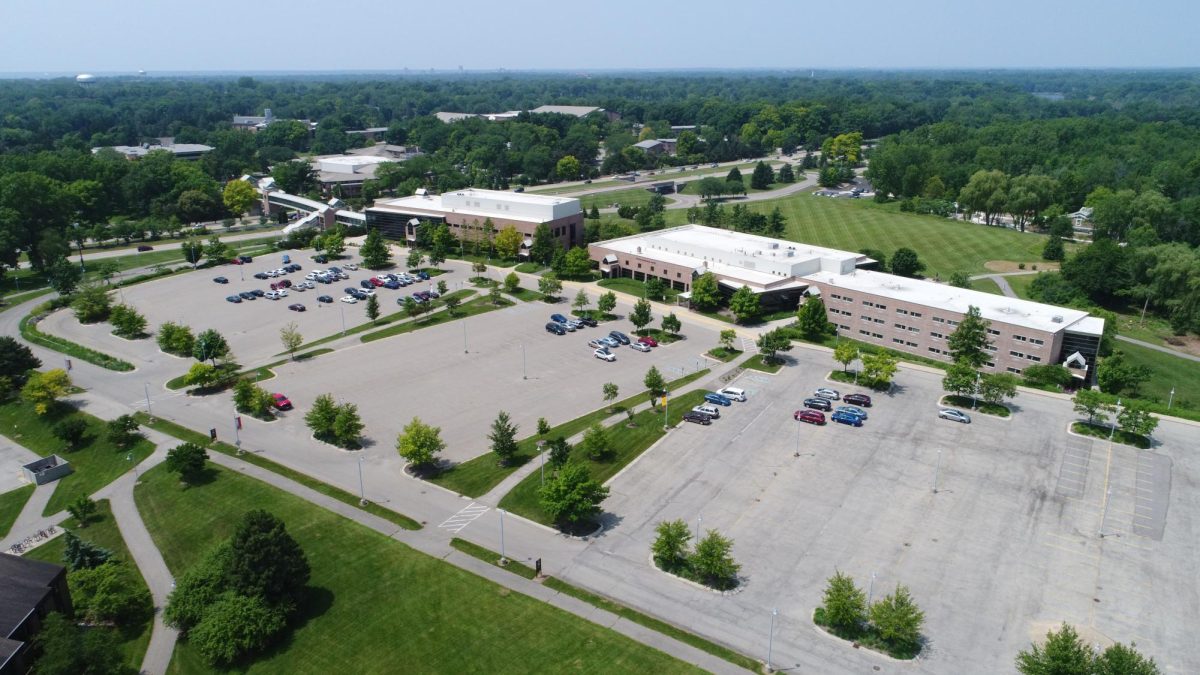

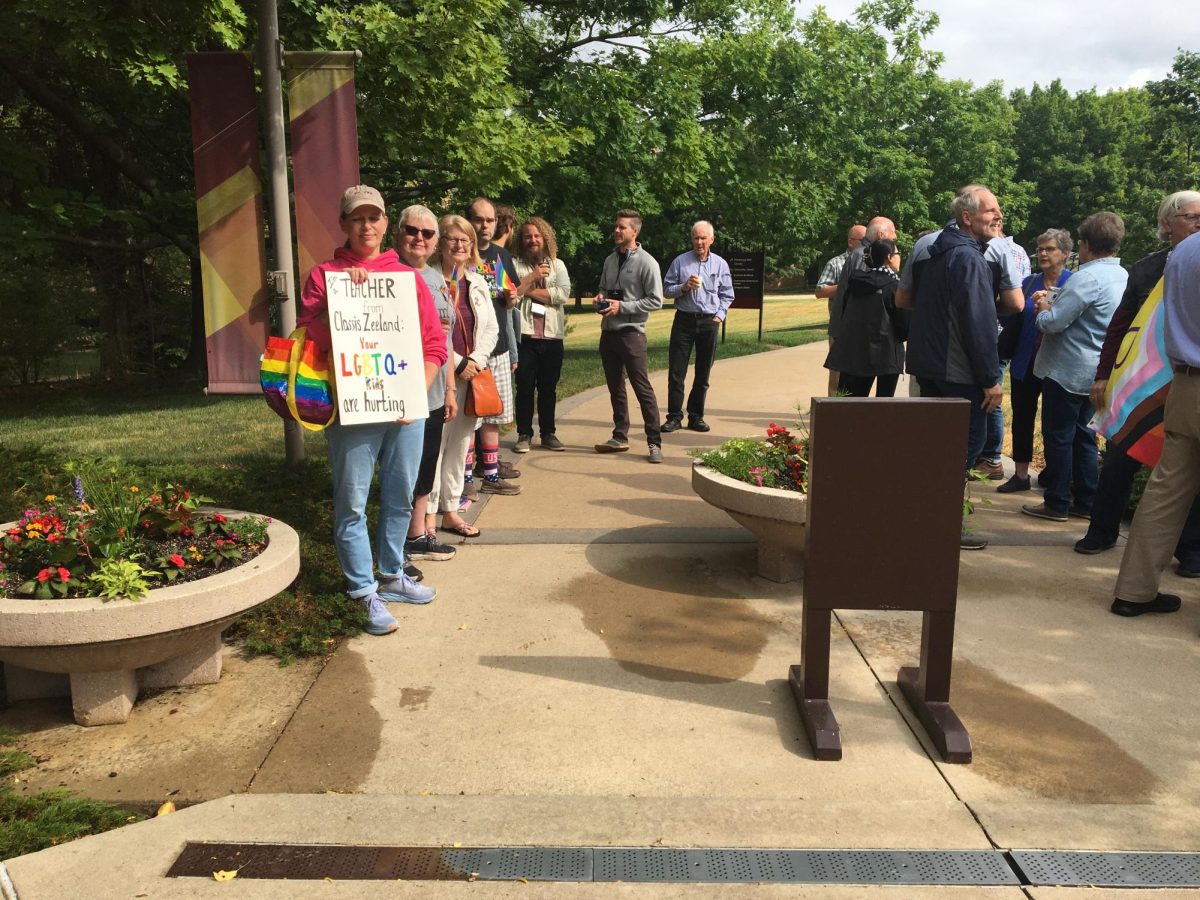

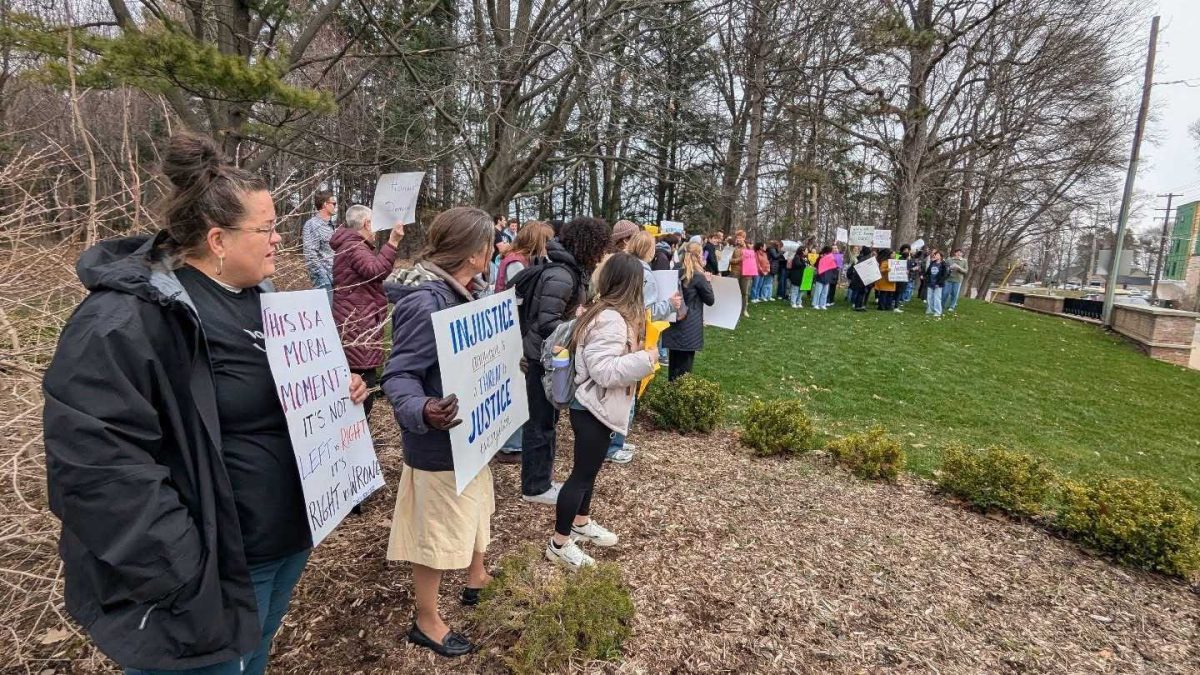
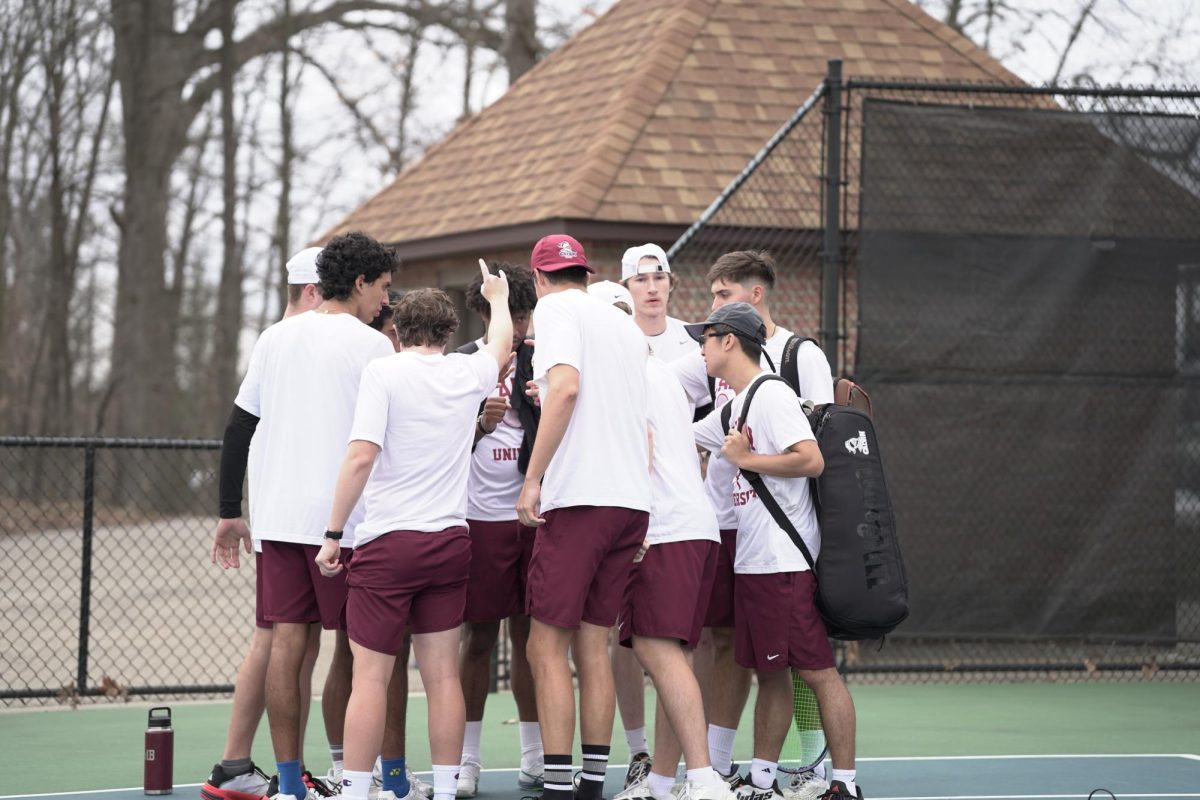
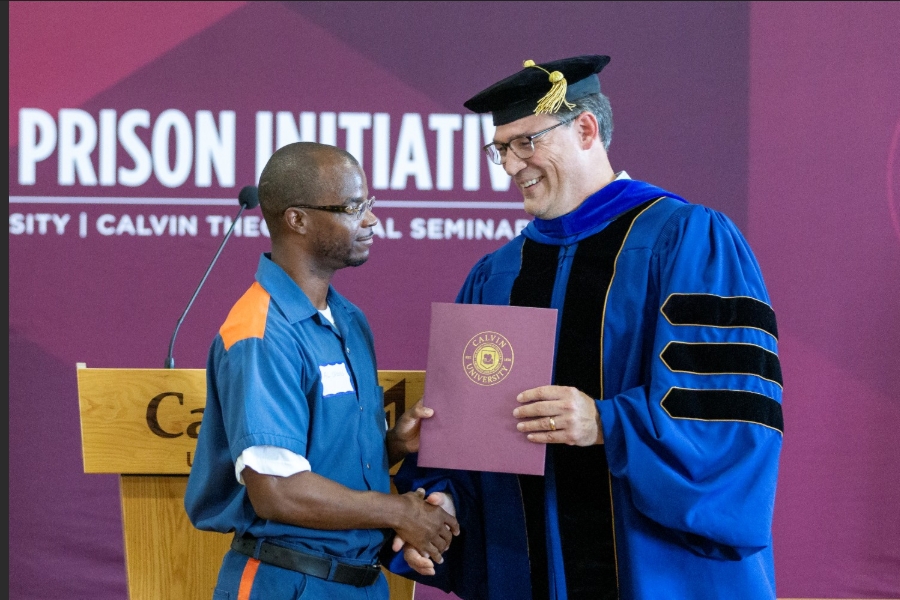
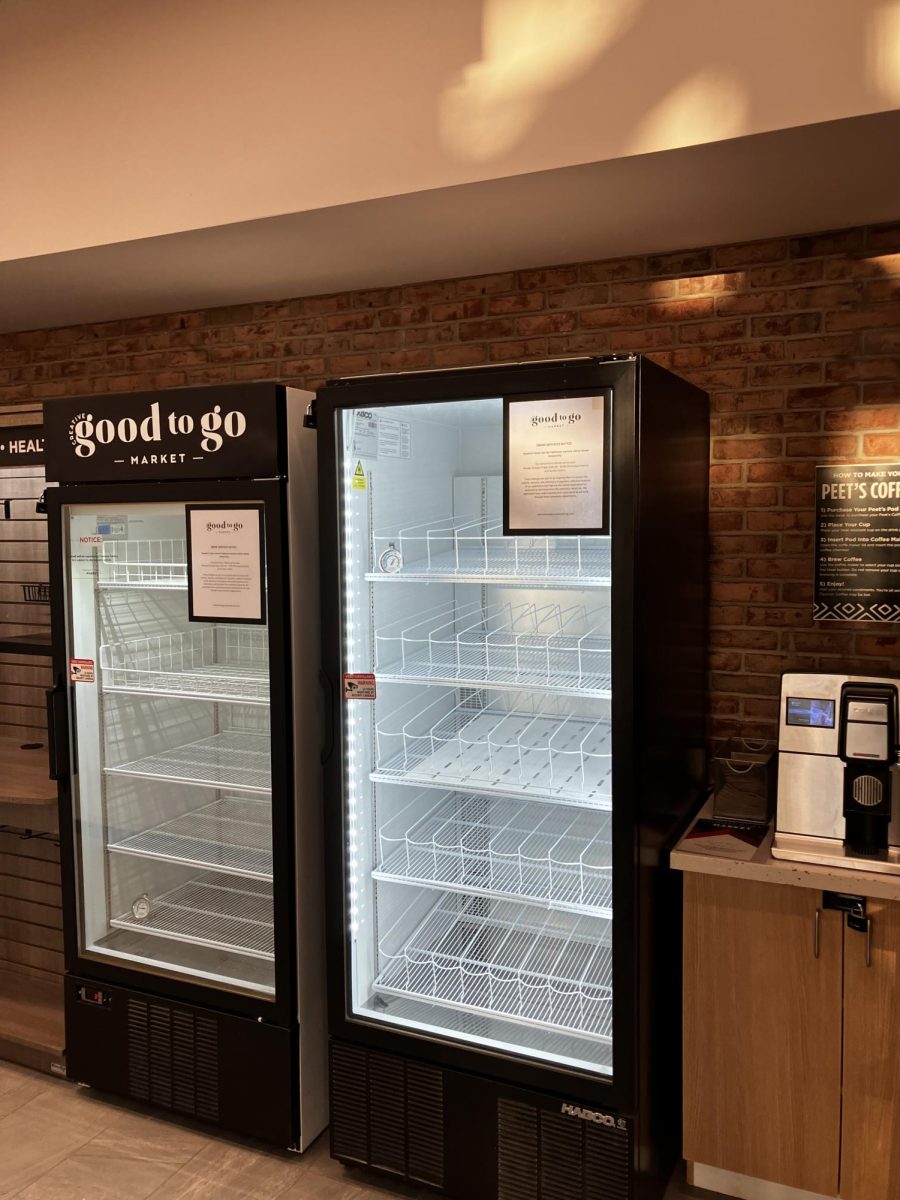
Joseph Kuilema • Feb 12, 2025 at 9:53 am
There were actually two different campuses on Martin Luther King Jr. (the re-named Franklin), one at the corner of Madison, which then became Grand Rapids Christian High School, and later the Department of Human Services, and the one folks think of more readily, near MLK park. That second campus was advertised, at the time, as being at the end of the “scenic Franklin St. Car line,” and Grand Rapids had a lovely street car system before it was dismantled by the auto companies. A final note – Calvin often omits any discussion of race or racism from this narrative, but the move further and further out of the city coincided with an increase in Black folks in the Baxter neighborhood, which at one point had been the heart of the Dutch community, home to Baxter Christian school and four different CRC churches. The transition to the Knollcrest campus from 1962-1973 coincided with significant unrest in the city, most notably the racial uprising of the summer of 1967.